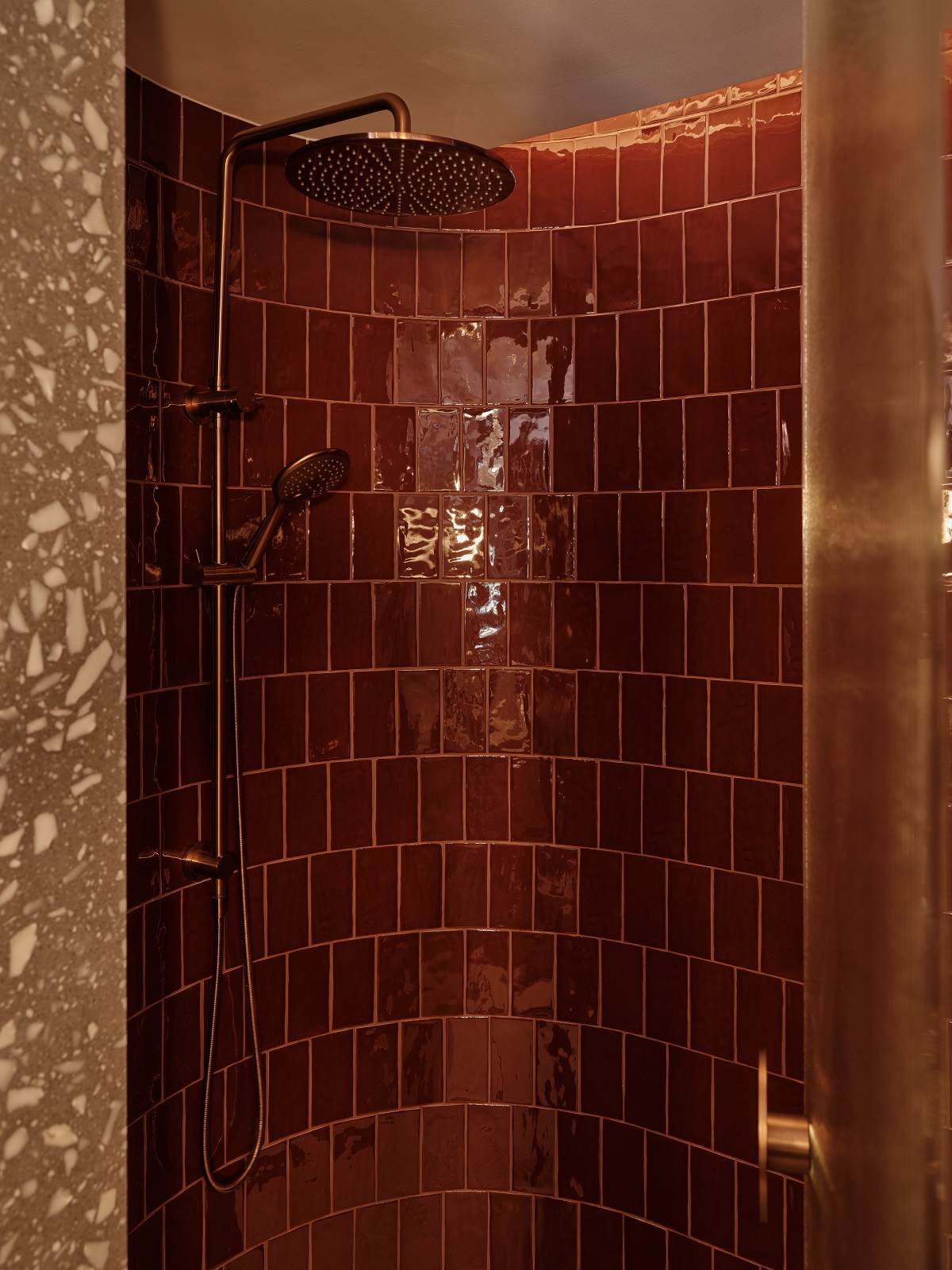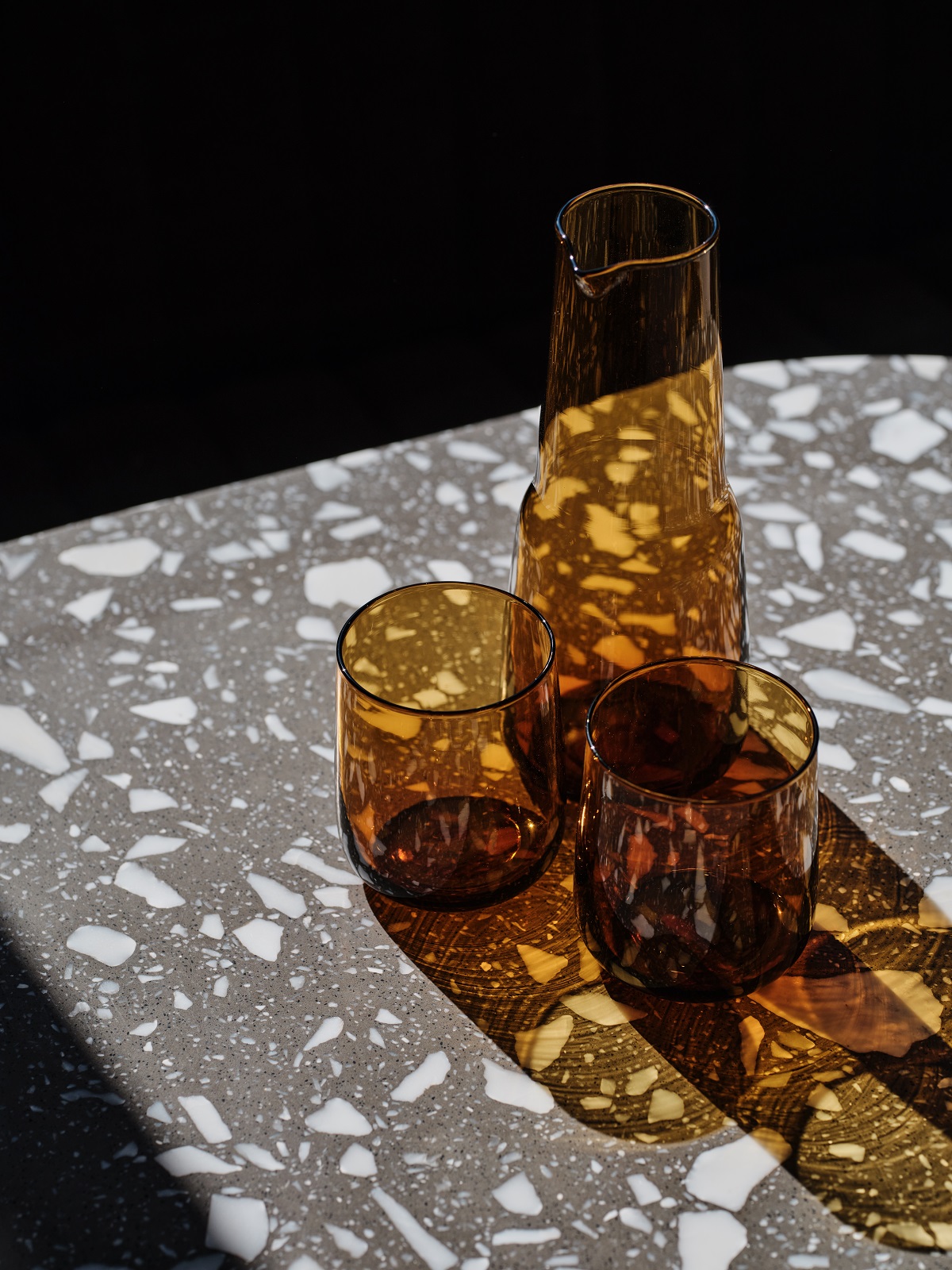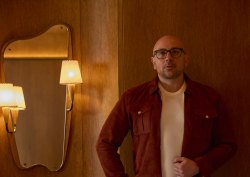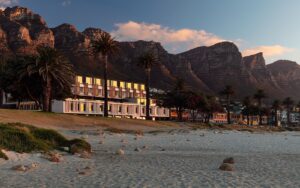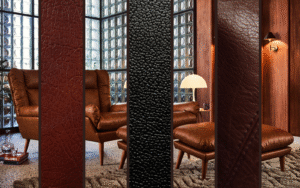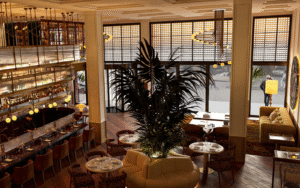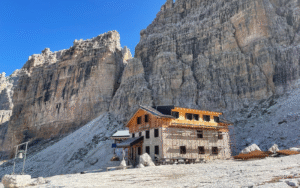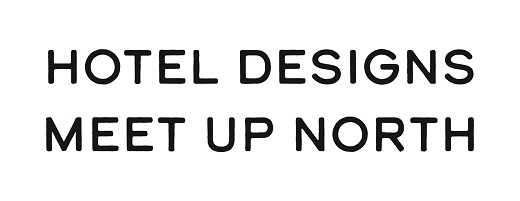With KAI Interiors expanding into Australia, Founder Michaela Reysenn takes a closer look at its vibrant hospitality scene, shining a light on how culture, climate and context shape hotel design…
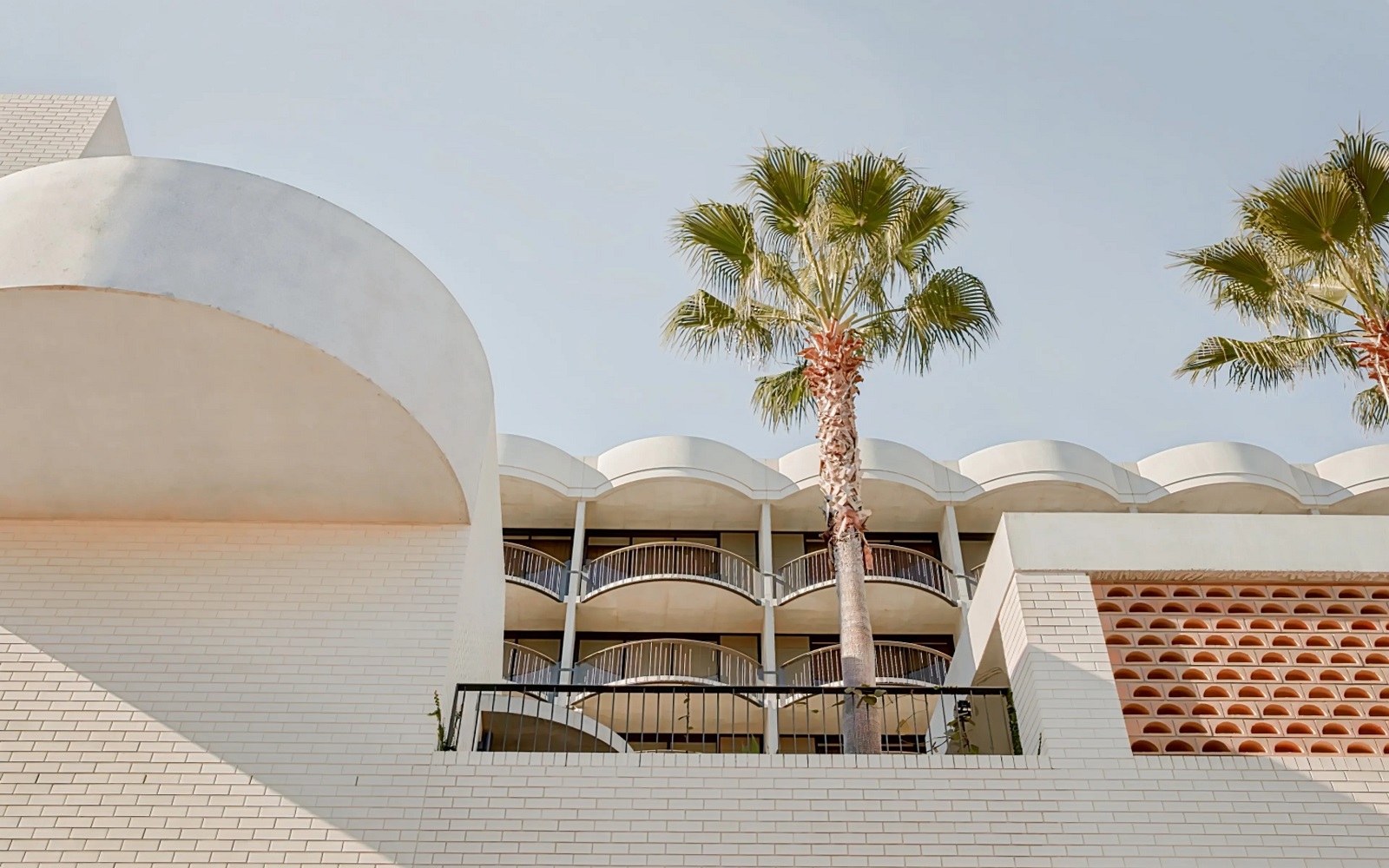
With a bold new studio opening in Sydney, UK-based design firm KAI Interiors is expanding its footprint into Australia’s vibrant hospitality scene. At the helm is Michaela Reysenn, who shares her insights with Hotel Designs on the nuanced charm of Australian design, the creative opportunities presented by cross-continental collaboration, and how thoughtful, place-led interiors are defining a new era of hotel experiences down under.

Image credit: KAI Interiors
Hotel Designs: Kai Interiors has made the exciting move to open a studio in Sydney – can you chat to us about this decision for a long-haul design collaboration?
Michaela Reysenn: When I first launched KAI Interiors, I couldn’t have anticipated the scale of growth we’d experience. I was fortunate to have a close friend, Landis Middleton, support me through those early stages. He played an instrumental role in shaping the company during its formative years, and together we built a strong working relationship and shared vision. Eventually, Landis returned to Australia, his home country, and we often talked about the possibility of one day expanding KAI there. Now, with our UK studio well-established and thriving, it feels like the right moment to take that step.
My visits to Australia confirmed that while the design scene is dynamic, it’s also somewhat consolidated, with a few key players leading the way – especially in the hospitality sector. We see an opportunity to bring a distinct UK design sensibility into that space, creating a fresh dialogue and broadening our international network. Another reason this felt like the right time is Australia’s relatively stable and compartmentalised economy, which adds a layer of confidence to the expansion.
On top of that, recent regulatory developments have made international collaboration more feasible. In March 2023, a Mutual Recognition Agreement (MRA) was signed between the UK’s Architects Registration Board (ARB), the Architects Accreditation Council of Australia (AACA), and New Zealand’s NZRAB. This agreement streamlines the registration process for architects across the UK, Australia, and New Zealand –reducing cost and bureaucracy while supporting cross-border practice. It’s a progressive step that aligns perfectly with our ambitions for long-haul design collaboration.
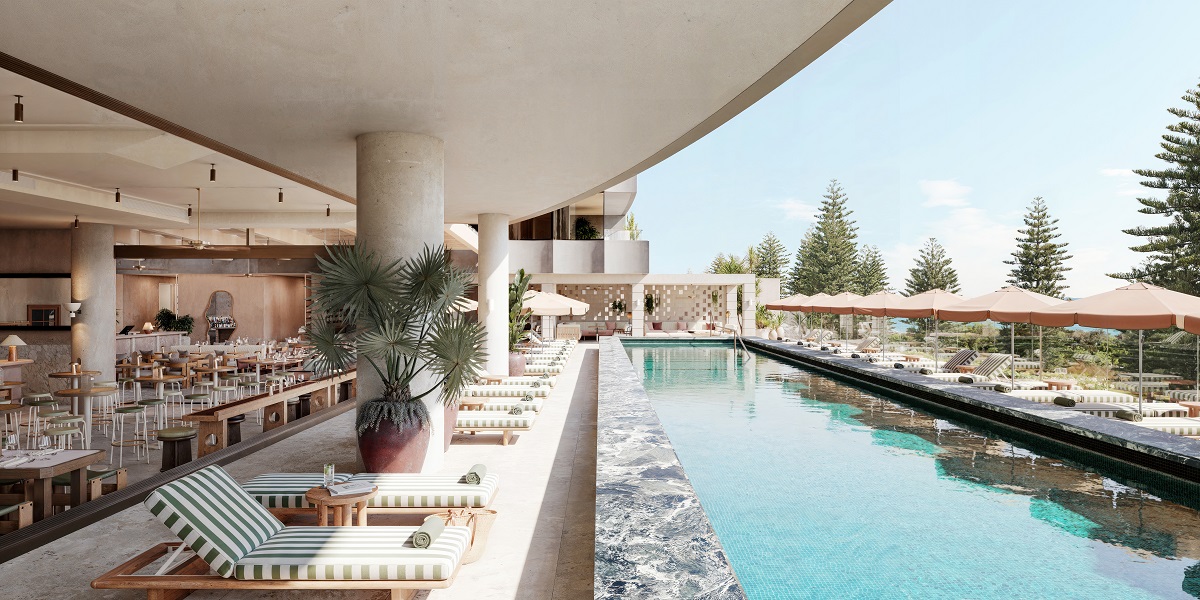
Image credit: Mondrian Gold Coast
HD: What do you feel currently differentiates the Australian design scene?
MR: What sets Australian interior design apart is its deep-rooted connection to nature and an effortlessly sophisticated, relaxed style. There’s a strong emphasis on using natural materials, earthy colour palettes, and achieving seamless transitions between indoor and outdoor spaces –something deeply tied to both climate and culture. Sustainability is also more than a buzzword here; it’s a design imperative. Thoughtful material sourcing and long-lasting solutions are front of mind. What’s especially exciting is how this unique Australian design aesthetic is starting to influence the global stage.
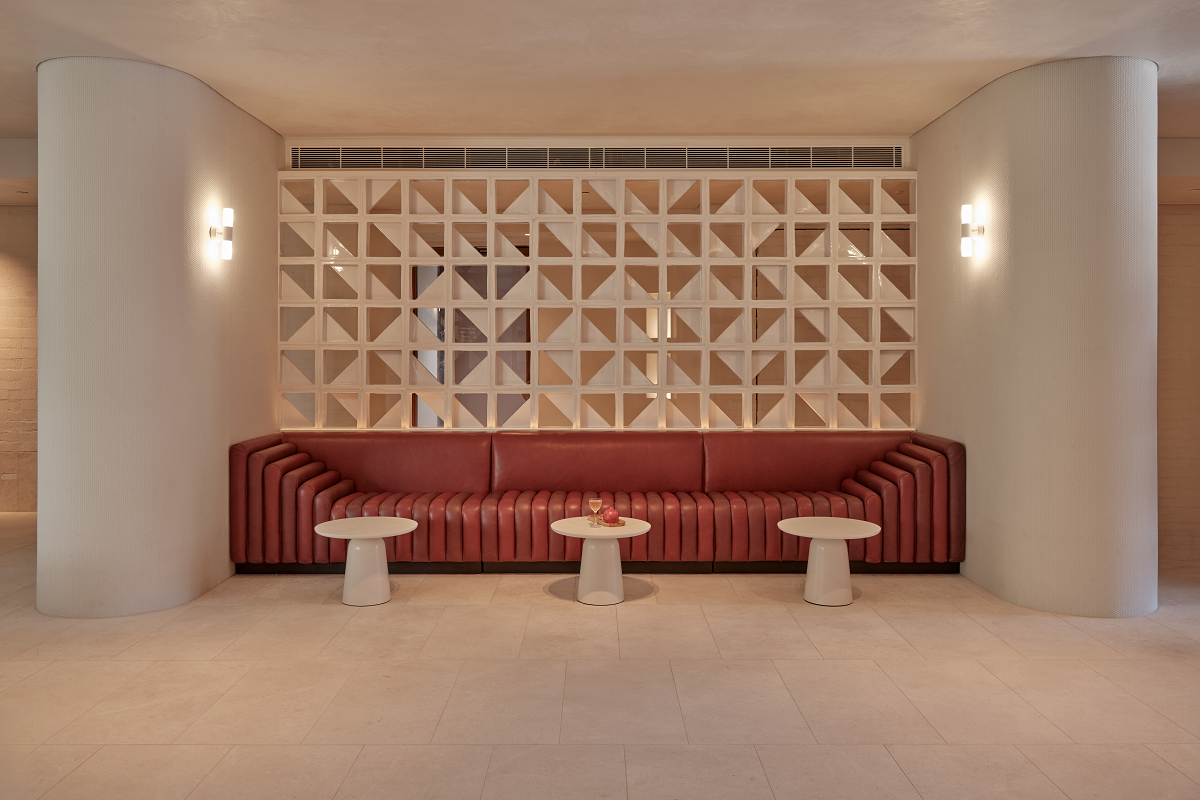
Image credit: The EVE
HD: And, more specifically, what do you feel currently differentiates the Australian hospitality landscape?
MR: The hospitality scene in Australia is defined by a confident blend of casual elegance and conceptual ambition. Designers here have a real talent for creating memorable guest experiences – whether it’s through unexpected material pairings, playful themes, or the way spaces integrate with the outdoors. There’s a strong narrative focus, often grounded in local context but presented through a globally informed lens. What makes the scene stand out is how adaptive and imaginative it is, with a real focus on crafting environments that are not just visually appealing, but emotionally resonant and culturally relevant.

Image caption: 1 Hotel Melbourne | Image credit: Mikkel Vang
HD: Have you found that, shifting continents, there are design expectations that differ, or is the design language more universal and less local?
MR: Shifting from the UK to Australia has highlighted some fascinating differences. While there’s certainly a shared global design language –minimalism, clean lines, natural textures – how those ideas are interpreted and experienced varies greatly. In Australia, design feels deeply influenced by climate and lifestyle. There’s a prioritisation of openness, flow, and the integration of outdoor elements, which isn’t as prominent in the UK due to weather and spatial constraints.
The relationship between people and their environment is different here. Natural light, landscaping, and materials that connect to nature are much more deeply woven into the design process. Even in urban settings, there’s a desire to create spaces that are approachable, relaxed, and unpretentious – qualities that really shape the local dining and hospitality culture. What’s particularly interesting is how Australian designers balance this laid-back attitude with refined detailing and strong narrative cohesion.
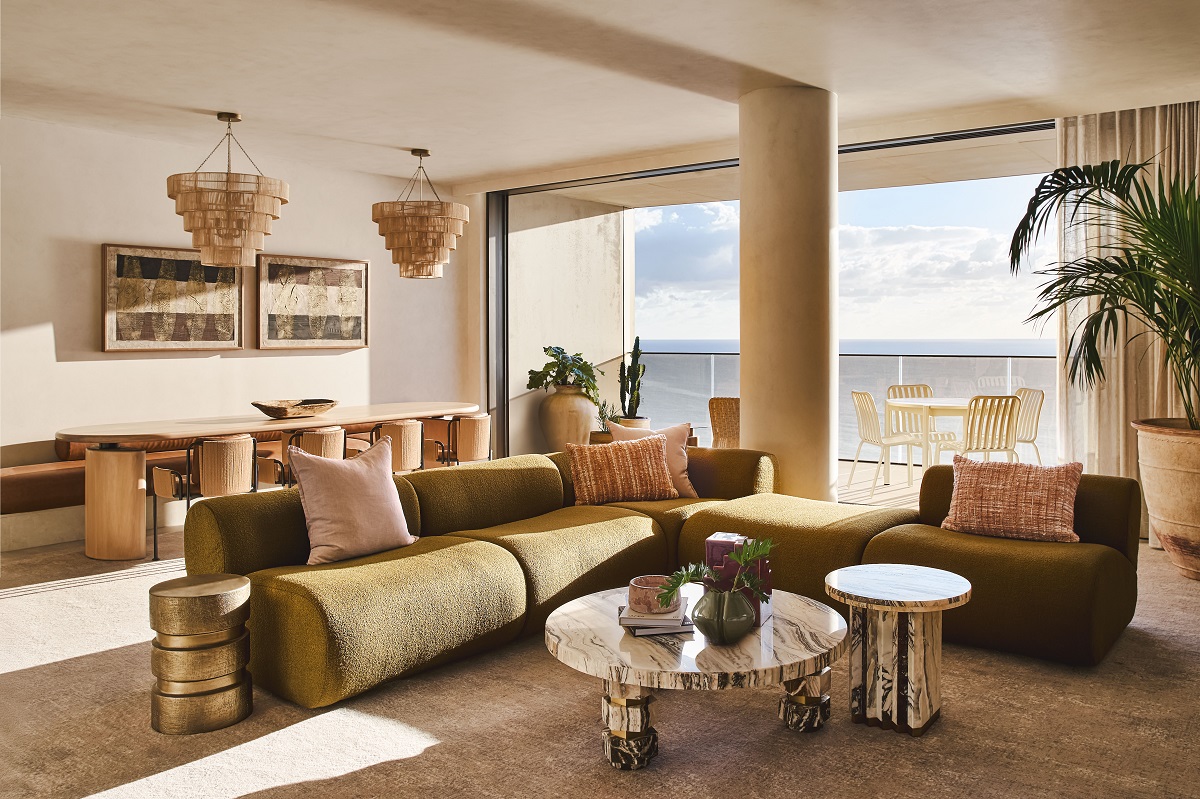
Image credit: Justin Nicholas
HD: Australia is having a hospitality boom with several big brands opening there, as well as some Australian brands heading to Europe – what is your experience of hotel design in Australia?
MR: There’s no doubt Australia is undergoing a hospitality renaissance, and it’s an exciting space to be part of. The influx of international hotel brands is raising expectations around both design and guest experience, while local brands are confidently making their mark on the global scene – especially in Europe. One of the most striking aspects of hotel design in Australia is how attuned it is to lifestyle, location, and the guest’s emotional journey. Whether it’s a boutique retreat by the coast or a luxury hotel in the city, there’s a consistent focus on natural materials, a relaxed aesthetic, and that ever-present indoor-outdoor flow.
What sets Australian hotel design apart is its authenticity. It leans more towards meaningful, lifestyle-focused luxury rather than overt opulence. Projects are often marked by a strong sense of place, thoughtful storytelling, and an ability to merge aesthetic elegance with guest-centred functionality. There’s also a great deal of resourcefulness – designers here know how to deliver high-impact results without losing sight of purpose or practicality. It’s this unique blend that’s helping Australian design gain real momentum internationally.
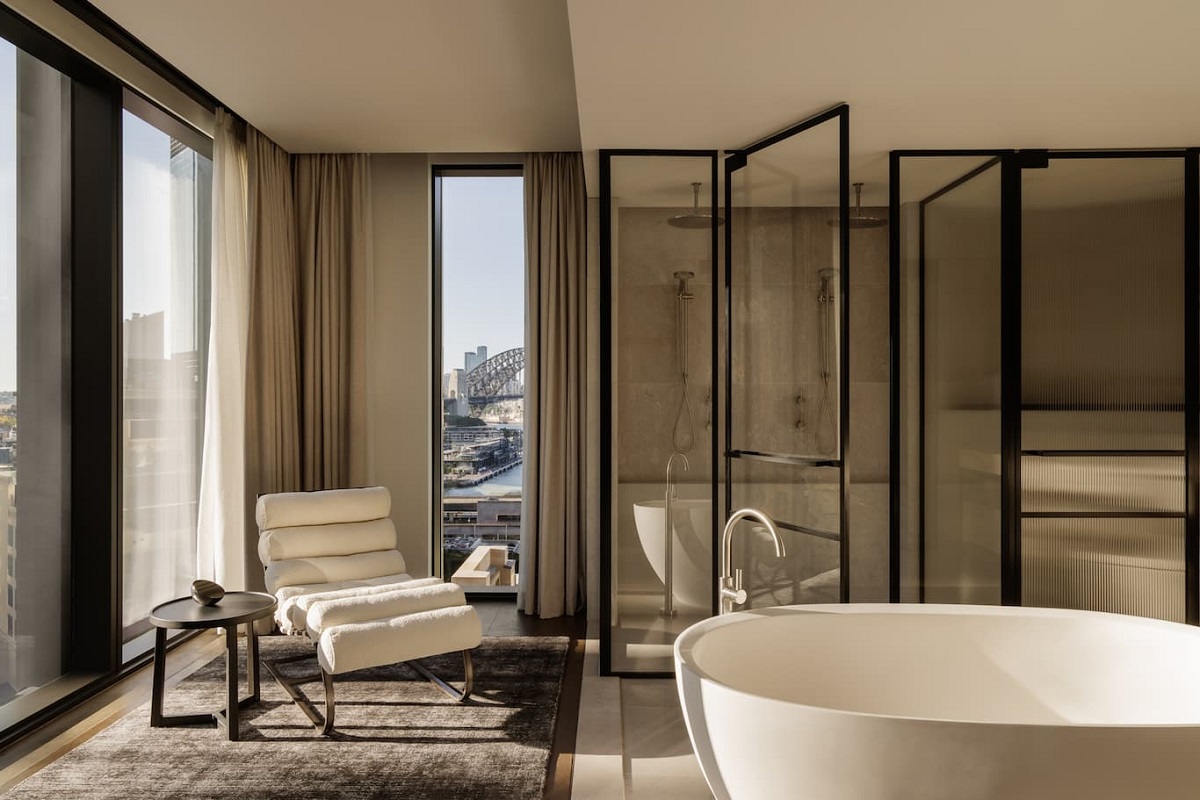
Image credit: Capella Sydney
HD: Have you discovered any regional design differences within Australia?
MR: Absolutely – Australia’s vast geography and varied climates create distinct regional design identities. In tropical North Queensland, for example, design must respond to heat, humidity, and a slower pace of life. There, the focus is on natural ventilation, shading, and embracing the surrounding landscape. Materials need to be durable and climate-appropriate, yet still inviting and tactile.
In contrast, Melbourne brings a more urban, layered approach. The design scene there often leans into bolder concepts, deeper palettes, and architectural references that nod to European influences. Sydney strikes a balance between coastal relaxation and cosmopolitan sophistication. Spaces tend to be open, light-filled, and geared towards effortless indoor-outdoor living. These regional nuances are not just climate-driven—they reflect cultural differences too. As a designer, understanding and responding to these subtleties is part of what makes working across Australia so creatively rewarding.
HD: As a designer, what are some of the points of inspiration for you operating in a new locality?
MR: For us at KAI Interiors, place is everything. Stepping into a new locality offers the opportunity to deeply immerse ourselves in its culture, collaborate with local artisans, and draw inspiration from both the natural and built environment. Australia is especially exciting in this regard, with its rich tapestry of cultures, diverse landscapes, and strong appreciation for design that’s rooted in lifestyle.
We believe great design shouldn’t be imposed – it should emerge from the specific character of a place. Every project begins with a desire to understand the local rhythm, the materials that tell a story, and the people who will use the space. It’s that contextual foundation that gives a design authenticity, and that’s what truly inspires us when working in a new setting.

Image credit: Capella Sydney
HD: Finally, Most inspiring hotel design in Australia?
MR: Capella Sydney – For timeless luxury and heritage integration. Capella Sydney is a standout example of heritage-led luxury done right. The way it restores and celebrates its historic architecture while layering in globally refined, contemporary interiors is remarkable. It manages to feel both timeless and completely of its place, with a strong narrative and an international sensibility grounded in Sydney’s unique identity.
The Calile Hotel, Brisbane – For lifestyle-driven design and effortless elegance. The Calile is a masterclass in relaxed urban luxury. Its soft curves, light-filled spaces, and breezy materials create an almost resort-like atmosphere in the middle of a bustling city. It exemplifies how architecture and interior design can encourage a slower, more connected approach to hospitality. Its minimal yet impactful palette perfectly reflects the subtropical climate, making it feel both aspirational and grounded.
Main image credit: The Calile






